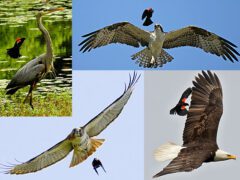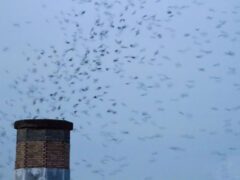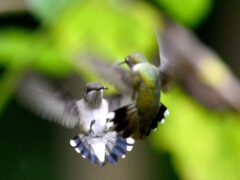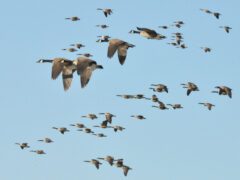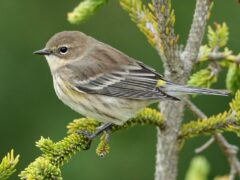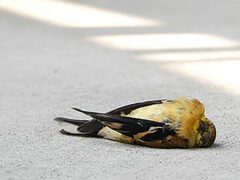A tiny but sturdy chickenlike bird, with a short, blunt bill, short wings, and strong legs and feet.
Relative Size
Larger than a Least Sandpiper, smaller than a Semipalmated Plover.

 between sparrow and robin
between sparrow and robinMeasurements- Both Sexes
- Length: 3.9-5.9 in (10-15 cm)
- Weight: 1.0-1.2 oz (29-35 g)
- Wingspan: 8.7-11.0 in (22-28 cm)
- Length: 3.9-5.9 in (10-15 cm)
- Weight: 1.0-1.2 oz (29-35 g)
- Wingspan: 8.7-11.0 in (22-28 cm)













